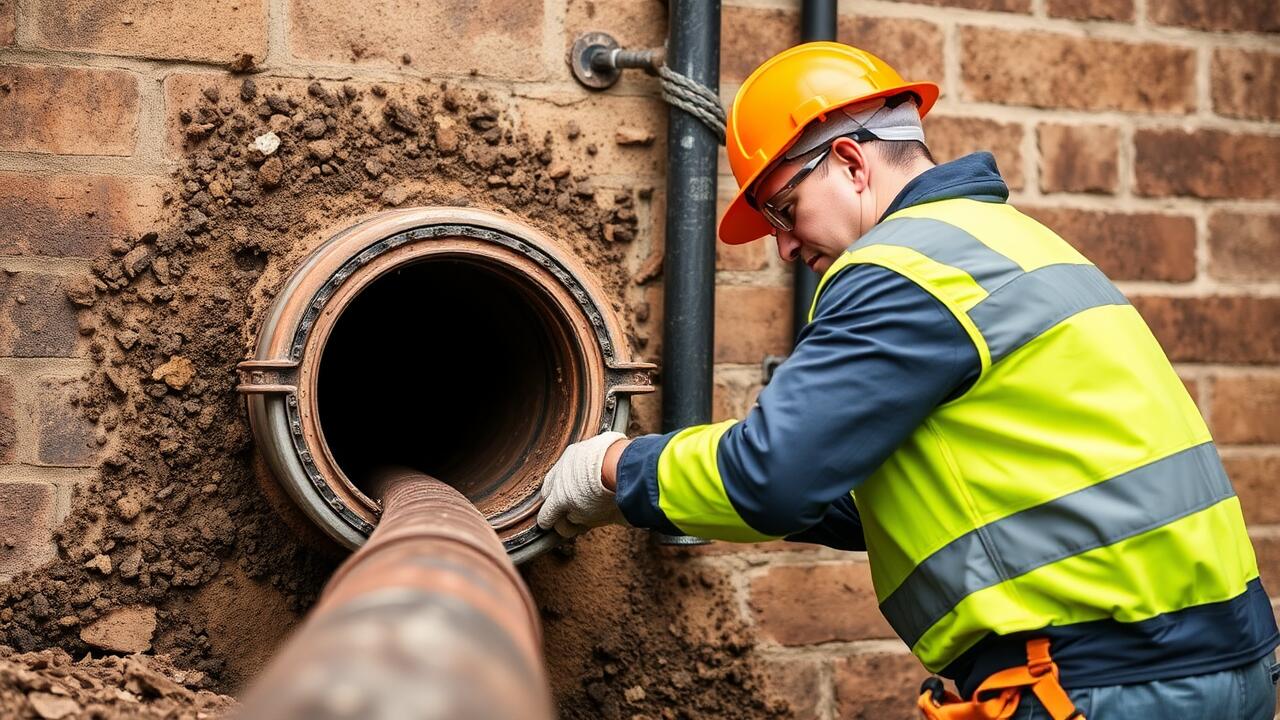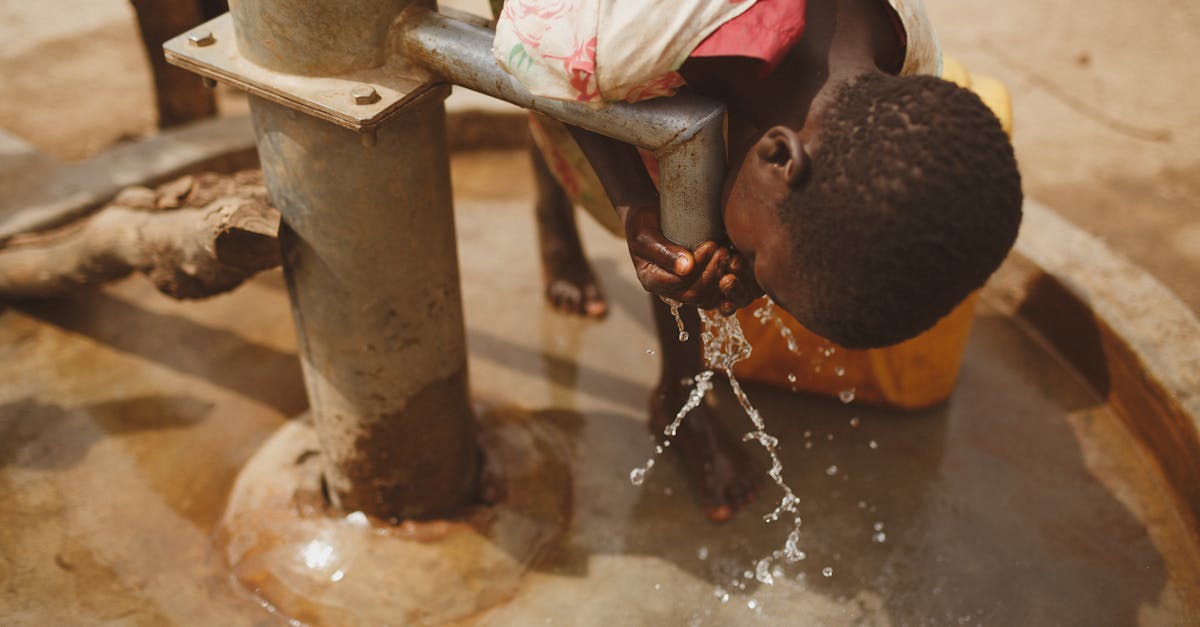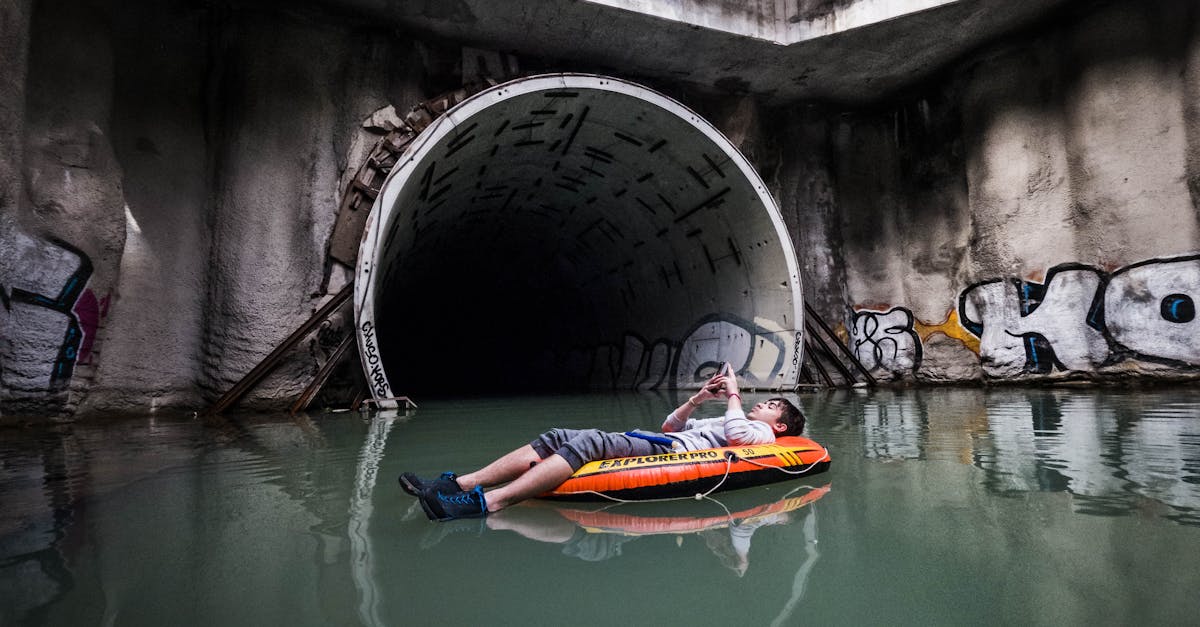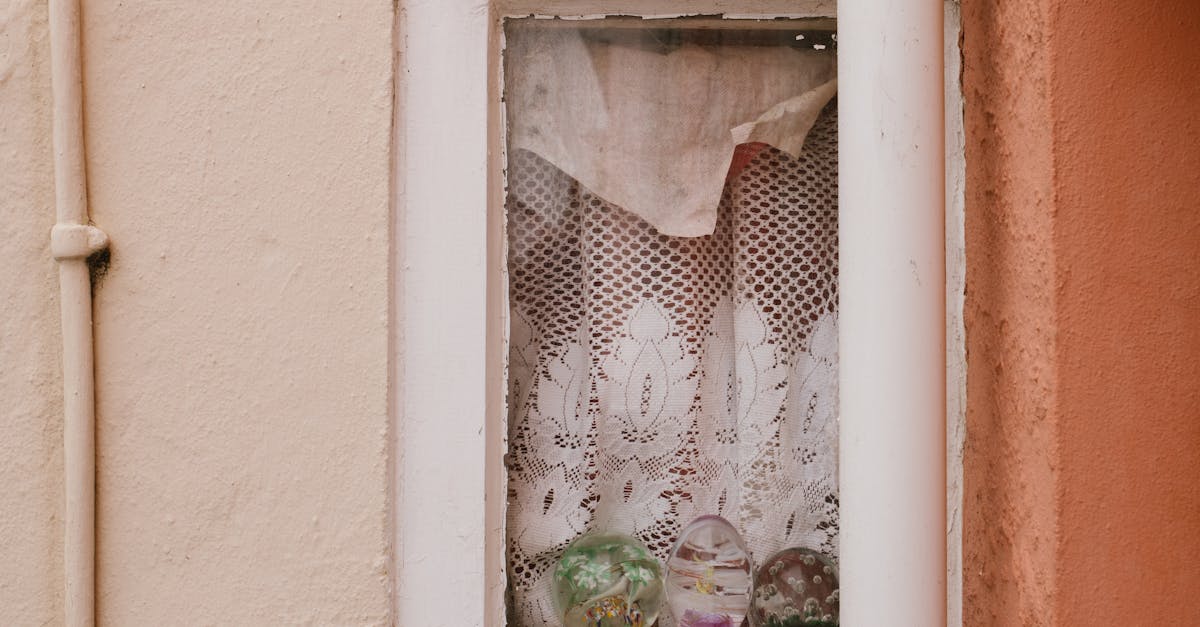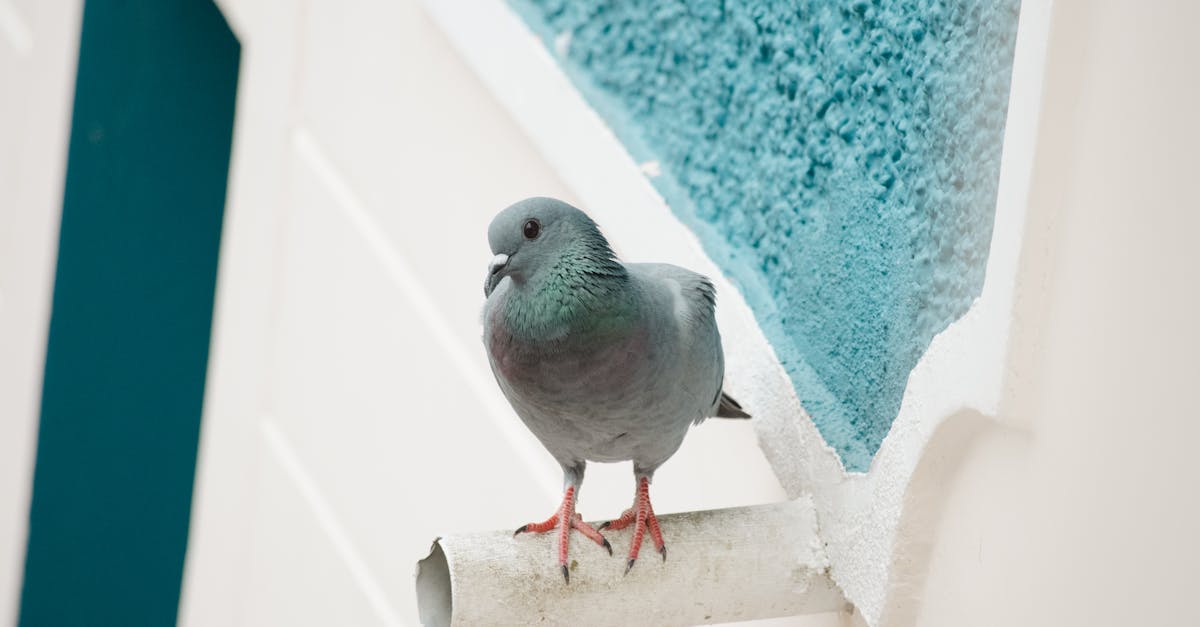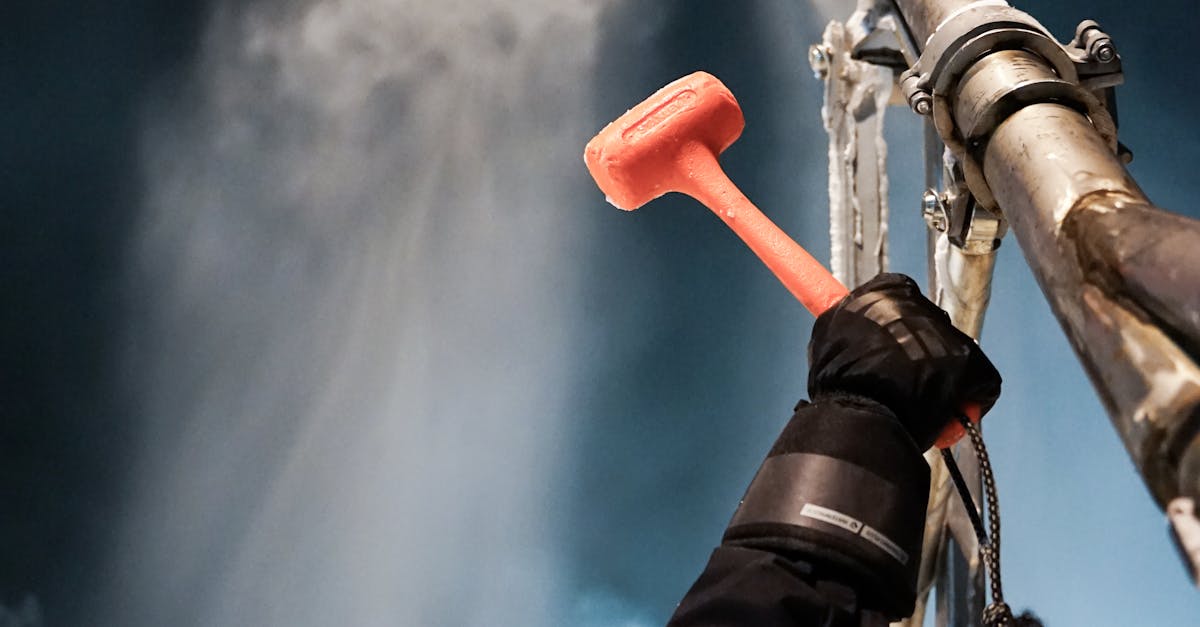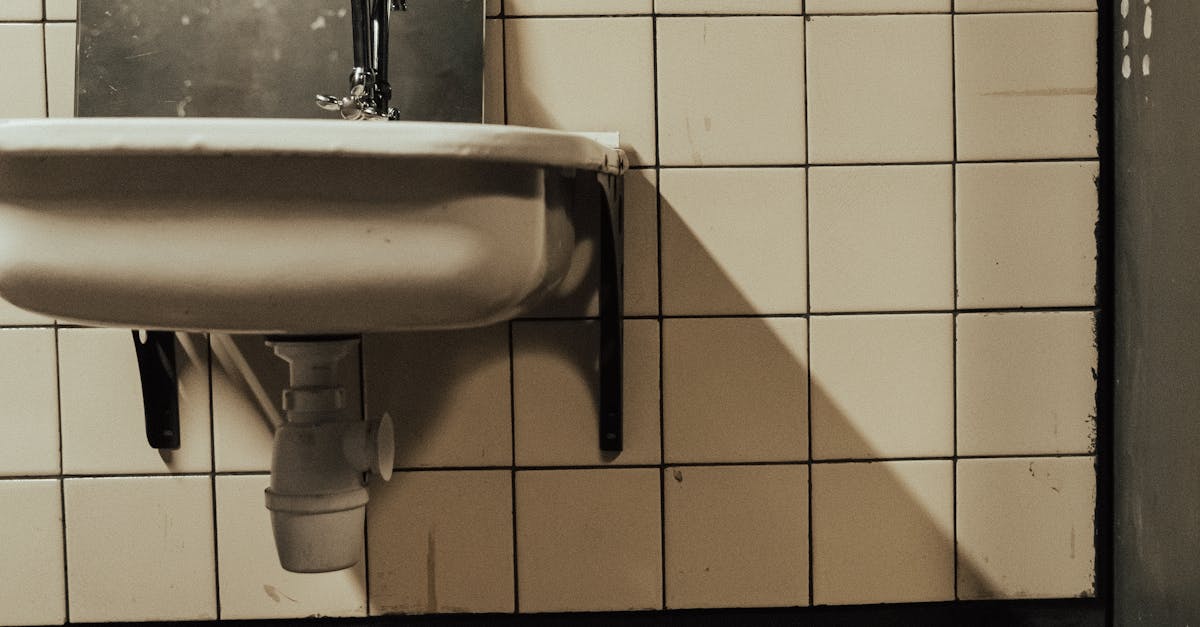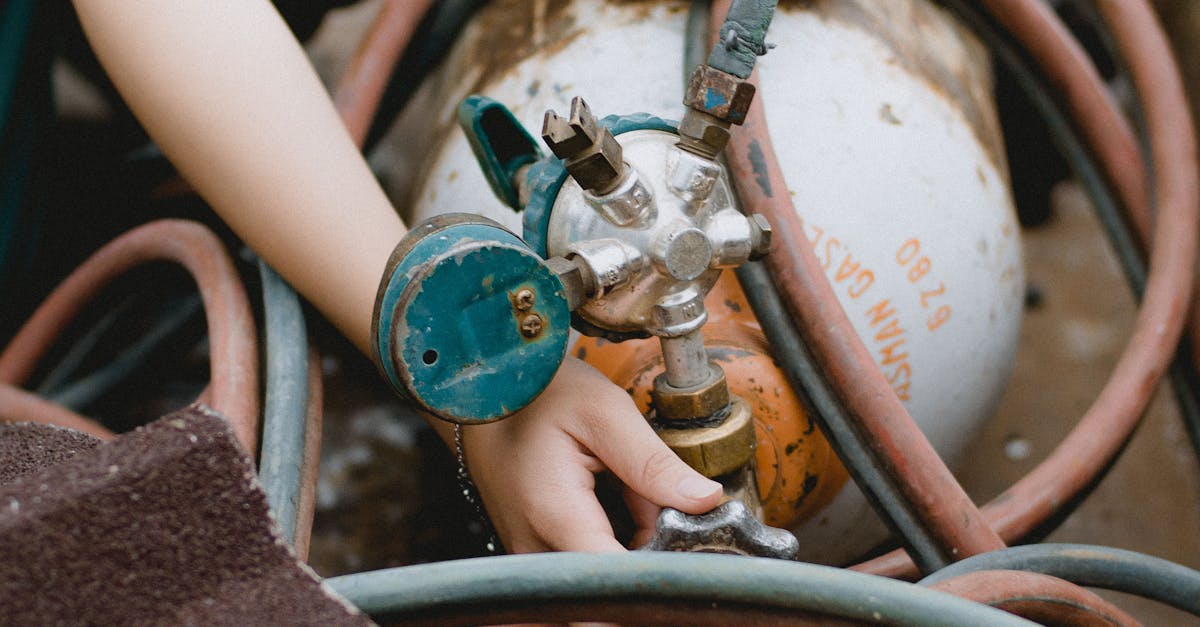
Table Of Contents
Common Issues Addressed by Pipe Relining
Pipe relining is an effective solution for a variety of plumbing issues commonly found in residential and commercial properties. It addresses problems such as tree root intrusion, which can cause significant blockages and damage to existing pipes. Additionally, pipe relining tackles cracks and leaks in aging pipelines, restoring their integrity without the need for extensive excavation. This method provides a durable fix, often extending the lifespan of the pipes significantly.
Another common issue dealt with through pipe relining is the deterioration due to corrosion, particularly in older plumbing systems. This deterioration can lead to severe leaks, resulting in water wastage and potential structural damage to the property. By using pipe relining, property owners can avoid the disruptive and expensive process of pipe replacement, maintaining the functionality of their plumbing while minimising disruption to their daily lives.
Types of Pipe Problems That Can Be Fixed
Pipe relining is effective in addressing various issues commonly found in household plumbing systems. One of the primary problems is tree root intrusion, which can lead to significant blockage and damage. The flexible liner used in pipe relining creates a barrier that prevents further root growth while restoring the pipe's function. Other issues include cracks, corrosion, and leaks in older pipes. The procedure effectively seals these weaknesses, prolonging the lifespan of the existing plumbing infrastructure.
In addition to structural issues, pipe relining can resolve drainage problems. Blocked or slow drainage is often a result of accumulated debris, grease build-up, or collapsed pipes. Traditional methods might require extensive excavation to reach the damaged sections, but pipe relining offers a less invasive alternative. By applying a new inner layer, it smooths out the existing pipe and restores optimal flow without the need for major disruption to the surrounding area.
Choosing a Pipe Relining Service
When selecting a pipe relining service, it is crucial to consider the experience and qualifications of the contractor. Look for companies that specialise in pipe relining and have a proven track record. Ensure they use modern technology and materials that comply with Australian standards. Reading customer reviews and testimonials can provide insight into their reliability and quality of work.
Additionally, it is wise to request a detailed quote from the contractor. This quote should include all aspects of the pipe relining process, such as preparation, the relining procedure, and any potential repairs. Transparency about costs and procedures can help prevent unexpected expenses later on. Engaging a contractor who communicates clearly and effectively will contribute to a smooth and successful relining experience.
What to Look for in a Professional Contractor
When selecting a contractor for pipe relining, it is essential to consider their experience and qualifications in the field. Look for professionals who specialise in this service and possess the necessary certifications. Years of hands-on experience often translate into a deeper understanding of different pipe systems and the challenges that may arise during the relining process. Reviews and testimonials from previous clients can provide valuable insights into the quality of their work and customer service.
Additionally, the technology and methods used by the contractor play a significant role in ensuring the effectiveness of pipe relining. A reputable service provider should use advanced equipment and materials that meet industry standards. Any guarantees offered on their work can also reflect their confidence in the quality of their service. Engaging with a contractor who prioritises transparency and communication can help establish a trusting relationship, ensuring that you are well-informed throughout the repair process.
Pipe Relining vs. Replacement
Pipe relining offers a modern solution to damaged piping systems, allowing for repairs without the need for extensive excavation. This method involves inserting a resin-coated liner into the existing pipe, which then hardens and forms a new pipe within the old one. This not only minimises disruption to the surrounding landscape but also reduces the time and cost usually associated with traditional pipe repair methods. Property owners often find this approach advantageous, especially in urban areas where excavation could lead to complications.
On the other hand, pipe replacement involves completely removing the existing pipes and installing new ones. While this method guarantees a fresh start and can rectify severe issues, it often entails significant labour and material costs along with an extended project timeline. Additionally, the disruption to the property can be considerable, especially in residential areas where access to gardens and driveways may be affected. Thus, when faced with pipe problems, many homeowners weigh the benefits of pipe relining against the more invasive process of replacement.
Key Differences Between the Two Methods
Pipe relining and traditional pipe replacement both aim to restore functionality to damaged plumbing systems. However, the methods differ significantly in execution and impact on the surrounding environment. Pipe relining involves inserting a resin-coated liner into the existing pipe, creating a new internal surface, while replacement entails the complete removal of the old pipe and installation of a new one. This streamlined approach of pipe relining typically results in less disruption to landscaping and property structures since extensive excavation is not necessary.
The cost implications also vary between the two methods. Pipe relining generally proves to be more cost-effective in the long run due to reduced labour and restoration expenses associated with digging up and replacing old pipes. Moreover, pipe relining often requires less time to complete, minimising inconvenience for homeowners. Ultimately, the choice between pipe relining and replacement hinges on the specific circumstances of the plumbing issue, with both offering distinct advantages depending on the situation.
FAQS
What is pipe relining?
Pipe relining is a trenchless rehabilitation method used to repair damaged or deteriorating pipes by inserting a new lining material into the existing pipeline, effectively creating a new pipe within the old one.
How effective is pipe relining in fixing pipe problems?
Pipe relining is highly effective for various issues such as leaks, cracks, and blockages. It provides a long-lasting solution, often with a lifespan of over 50 years, depending on the materials used and the severity of the damage.
Can all types of pipes be relined?
Most types of underground pipes can be relined, including PVC, clay, and cast iron pipes. However, the effectiveness may depend on the condition and type of damage present, so it's best to consult with a professional.
How long does the pipe relining process take?
The duration of the pipe relining process can vary depending on the size and complexity of the job, but it typically takes between a few hours to a day to complete, making it a quick alternative to traditional pipe replacement.
What are the advantages of pipe relining compared to pipe replacement?
Pipe relining is less invasive, often requires no excavation, and can be completed more quickly than traditional replacement methods. Additionally, it can be more cost-effective since it reduces the need for extensive digging and restoration work.
